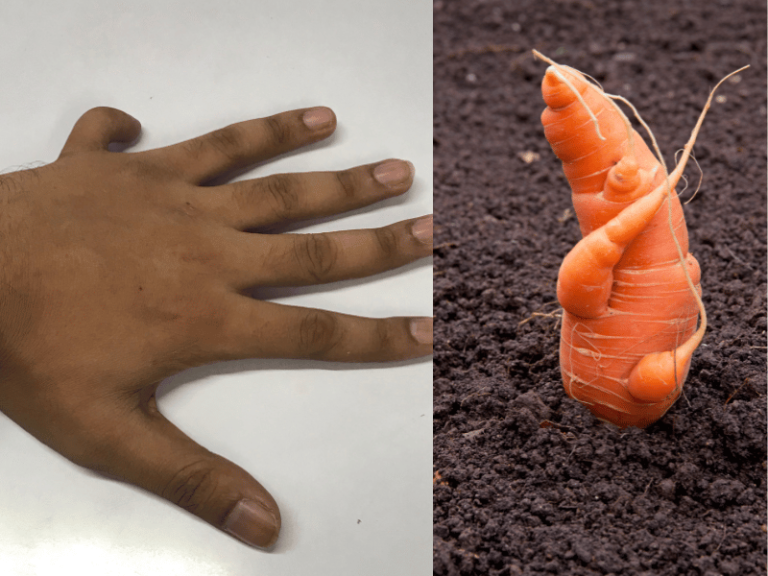In the 18th century, the scientist Carus Niebuhr once said:
“Not only can we see cats, tigers, and lions as members of one family, but we can also see humans and monkeys, along with all other animals, as one family.” His meaning was that animals undergo changes in development, and humans also evolved from other animals. At that time, no one believed his words.
Over eighty years later, Darwin published his work “On the Origin of Species”. Darwin sent this book to his friend Huxley. Upon reading it, Huxley angrily returned the book, saying, “Your old friend has now become a descendant of monkeys!” This was because in this book, Darwin also argued that humans evolved from apes.
Nowadays, no one doubts the fact that “humans evolved from apes”. All organisms have changed in the past, are still changing now, and will continue to change in the future.
Organisms change because they are easily influenced by their environment. As long as the environment changes, organisms will change too. For example, originally the Earth was covered in oceans with only aquatic life, but later land emerged, and some organisms became terrestrial.
There are examples even now. There is a type of cabbage in northern China that is tender, sweet, and crisp, and tastes very good. However, if this cabbage is grown in the south, it becomes quite different because the southern climate is warmer with more rainfall, causing it to quickly flower and seed, losing its tenderness and sweetness. There are countless examples like this.
Organisms not only change with natural conditions but also with human activities. Think about how beloved large and sweet pears are! But their ancestors — wild pears — were small and sour. It is through continuous cultivation and selection by humans that we have such a variety of fruit species today.
In the future, various organisms will continue to evolve. This is because the environment (climate, soil, etc.) is constantly changing. Especially, humans can use various methods to induce changes in organisms to make them more suitable for our needs. For example, some scientists are using scientific methods to make dairy cows’ udders larger and fatter so that a cow can produce over 100 pounds of milk per day! Botanists around the world are also creating new fruit varieties through hybridization methods.
Of course, biological evolution often occurs slowly and may not be noticeable in the short term.

